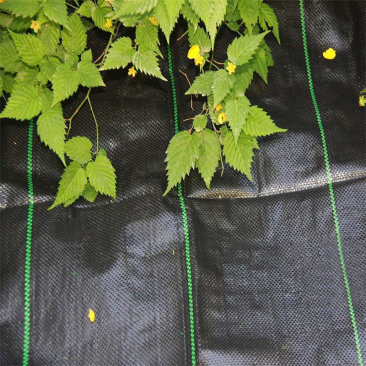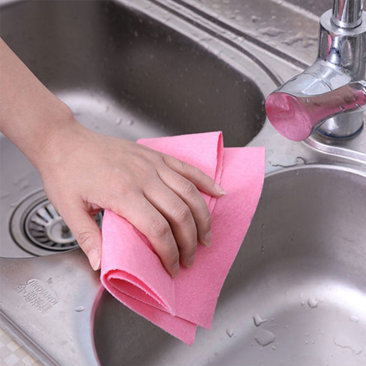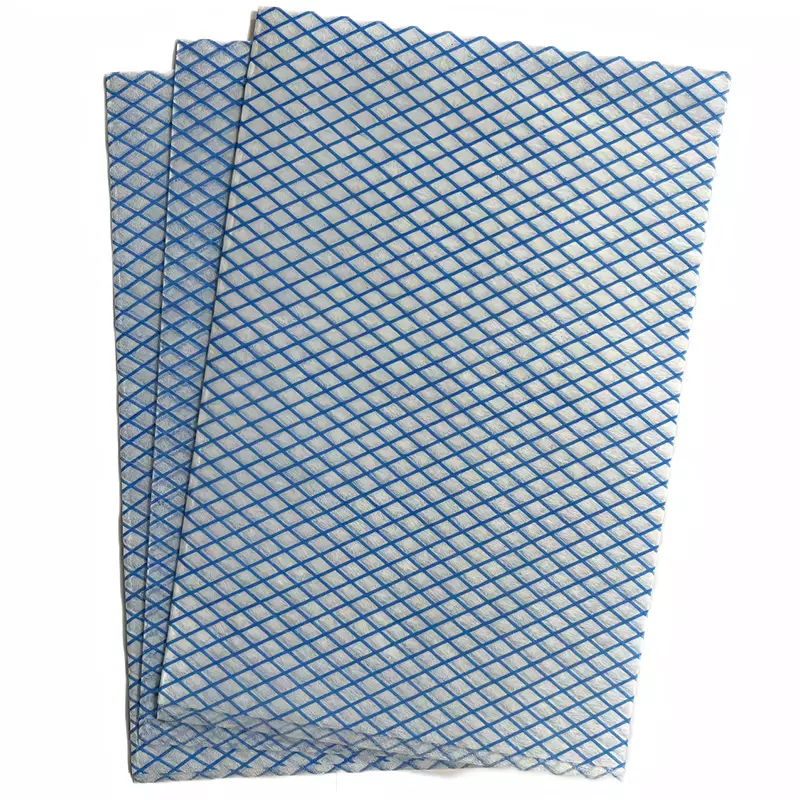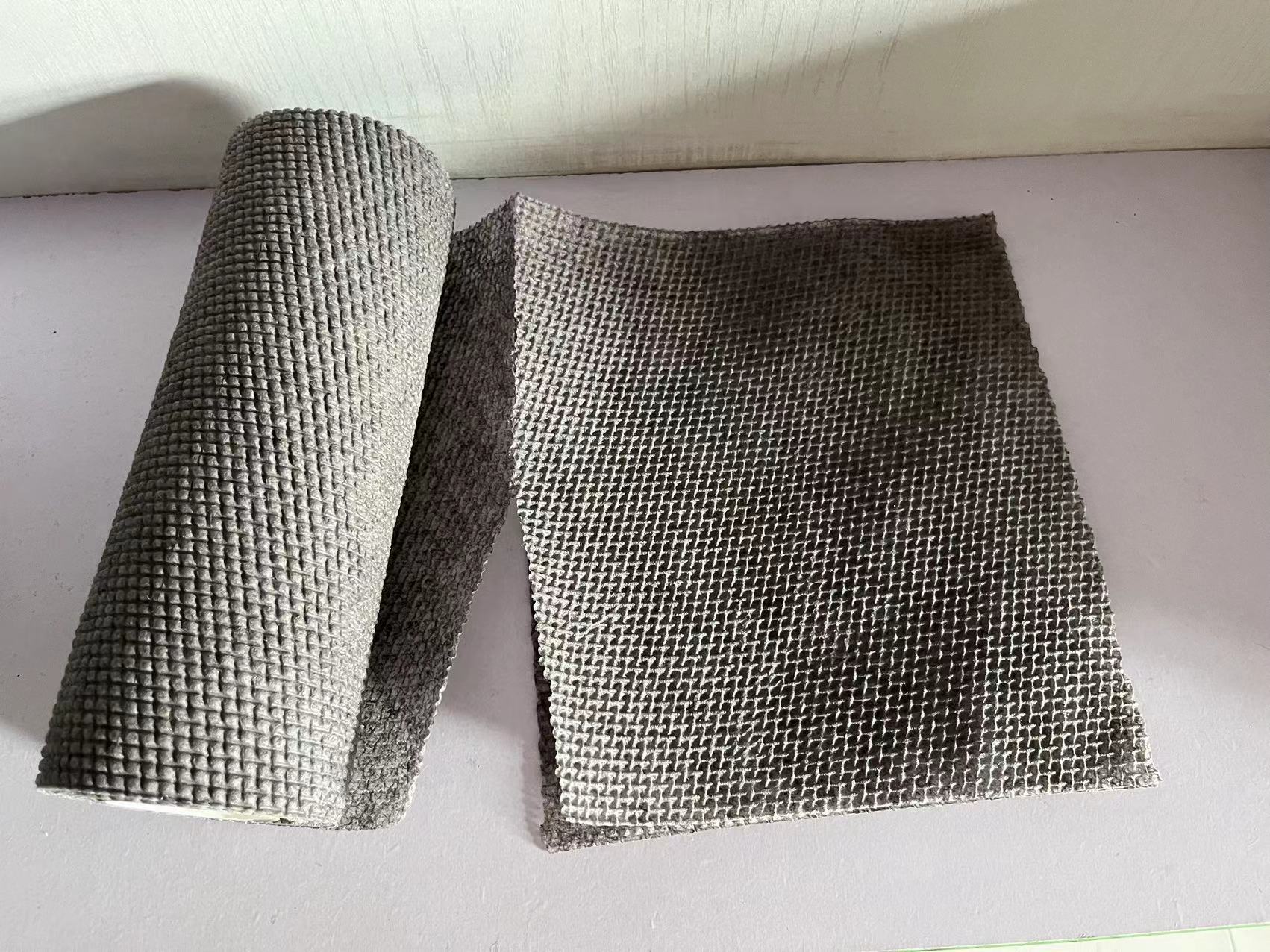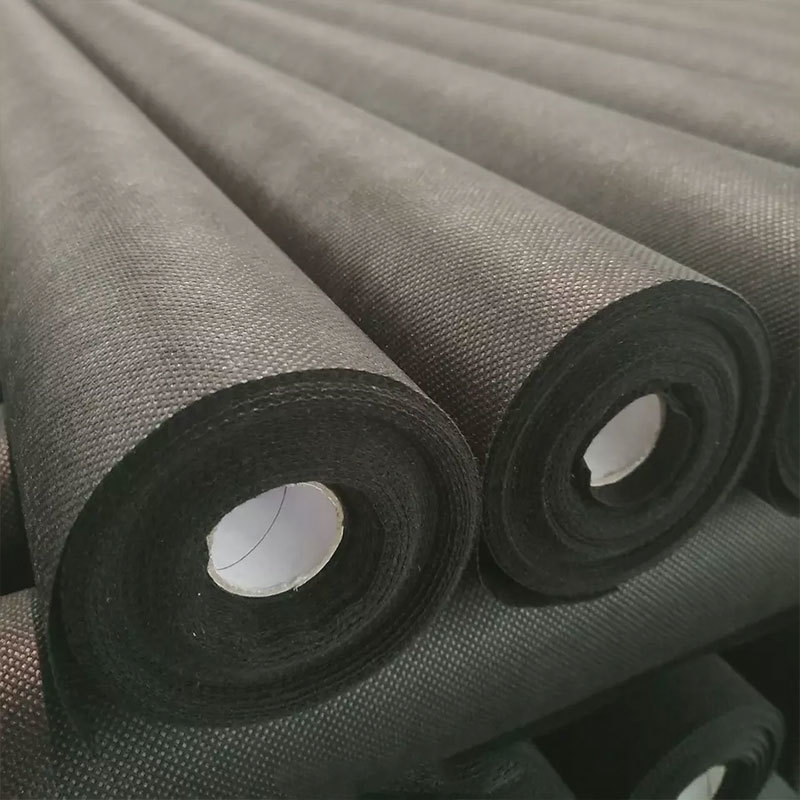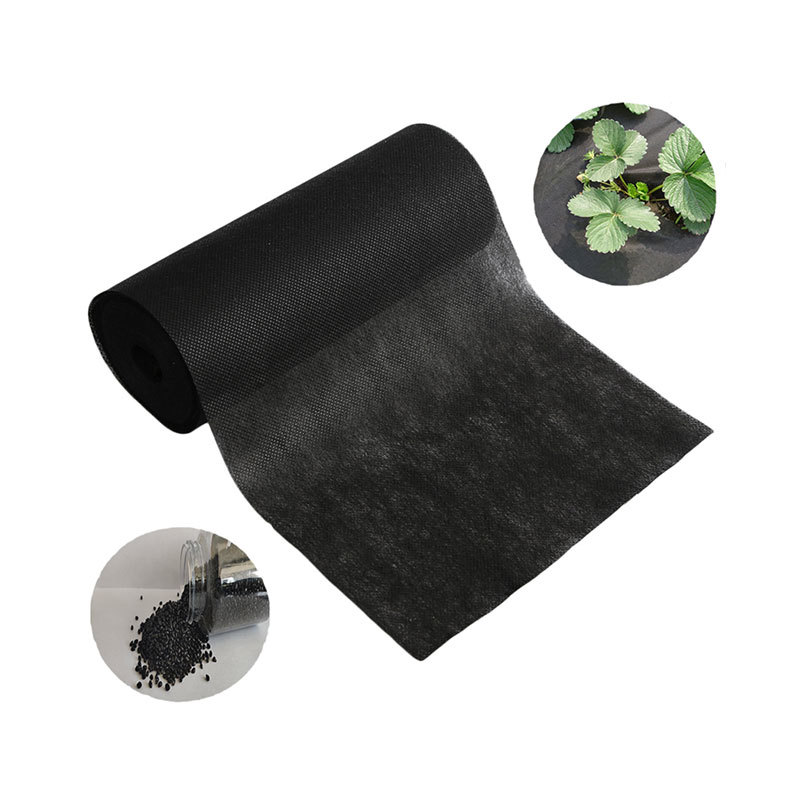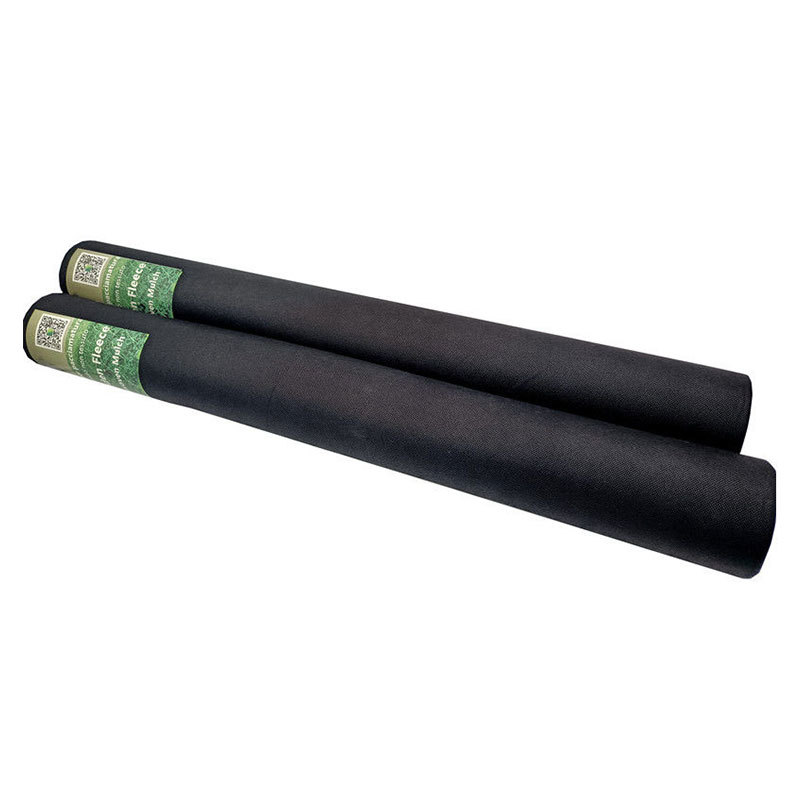26
2025
-
07
The Versatility and Applications of Nonwoven Fabric Polypropylene
Nonwoven fabric polypropylene (PP) is a synthetic textile material that has gained prominence in various industries due to its unique properties and versatility. The manufacturing process involves bonding fibers together through mechanical, thermal, or chemical methods, resulting in a fabric that does not require weaving or knitting. This process not only enhances the fabric's durability but also
Nonwoven fabric polypropylene (PP) is a synthetic textile material that has gained prominence in various industries due to its unique properties and versatility. The manufacturing process involves bonding fibers together through mechanical, thermal, or chemical methods, resulting in a fabric that does not require weaving or knitting. This process not only enhances the fabric's durability but also allows for the creation of a lightweight, breathable, and absorbent material.
One of the standout features of nonwoven fabric polypropylene is its resistance to moisture and chemicals. This makes it an ideal choice for applications in the medical and hygiene sectors, where it is commonly used in products such as surgical gowns, masks, and disposable bed liners. The fabric's ability to provide a barrier against contaminants while maintaining breathability is crucial for ensuring patient safety and comfort.
In the agricultural sector, nonwoven fabric polypropylene is utilized for landscaping and crop protection. Its UV-resistant properties make it suitable for weed control mats and plant covers, helping to regulate soil temperature and moisture while preventing weed growth. Additionally, the fabric's biodegradability makes it an environmentally friendly choice for these applications.
The construction industry also benefits from nonwoven fabric polypropylene, particularly in the form of geotextiles. These materials are used for soil stabilization, drainage, and erosion control, offering a solution for sustainable construction practices. Nonwoven geotextiles provide excellent filtration properties while allowing water to flow through, which is essential in maintaining the integrity of soil structures.
Moreover, the versatility of nonwoven fabric polypropylene extends to the fashion and textile industries. It is often used in the production of bags, footwear, and other accessories due to its lightweight nature and ability to be dyed in various colors. This opens up a world of design possibilities, catering to both functional and aesthetic needs.
In summary, nonwoven fabric polypropylene is a remarkable material that finds applications across multiple sectors due to its unique characteristics. Its resistance to moisture and chemicals, along with its lightweight and durable nature, makes it a preferred choice for medical supplies, agricultural use, construction, and fashion. As industries continue to seek innovative solutions, the relevance of nonwoven fabric polypropylene is only expected to grow, driving advancements in sustainability and functionality. Understanding its properties and applications can help businesses leverage its benefits effectively.
One of the standout features of nonwoven fabric polypropylene is its resistance to moisture and chemicals. This makes it an ideal choice for applications in the medical and hygiene sectors, where it is commonly used in products such as surgical gowns, masks, and disposable bed liners. The fabric's ability to provide a barrier against contaminants while maintaining breathability is crucial for ensuring patient safety and comfort.
In the agricultural sector, nonwoven fabric polypropylene is utilized for landscaping and crop protection. Its UV-resistant properties make it suitable for weed control mats and plant covers, helping to regulate soil temperature and moisture while preventing weed growth. Additionally, the fabric's biodegradability makes it an environmentally friendly choice for these applications.
The construction industry also benefits from nonwoven fabric polypropylene, particularly in the form of geotextiles. These materials are used for soil stabilization, drainage, and erosion control, offering a solution for sustainable construction practices. Nonwoven geotextiles provide excellent filtration properties while allowing water to flow through, which is essential in maintaining the integrity of soil structures.
Moreover, the versatility of nonwoven fabric polypropylene extends to the fashion and textile industries. It is often used in the production of bags, footwear, and other accessories due to its lightweight nature and ability to be dyed in various colors. This opens up a world of design possibilities, catering to both functional and aesthetic needs.
In summary, nonwoven fabric polypropylene is a remarkable material that finds applications across multiple sectors due to its unique characteristics. Its resistance to moisture and chemicals, along with its lightweight and durable nature, makes it a preferred choice for medical supplies, agricultural use, construction, and fashion. As industries continue to seek innovative solutions, the relevance of nonwoven fabric polypropylene is only expected to grow, driving advancements in sustainability and functionality. Understanding its properties and applications can help businesses leverage its benefits effectively.
nonwoven fabric polypropylene


